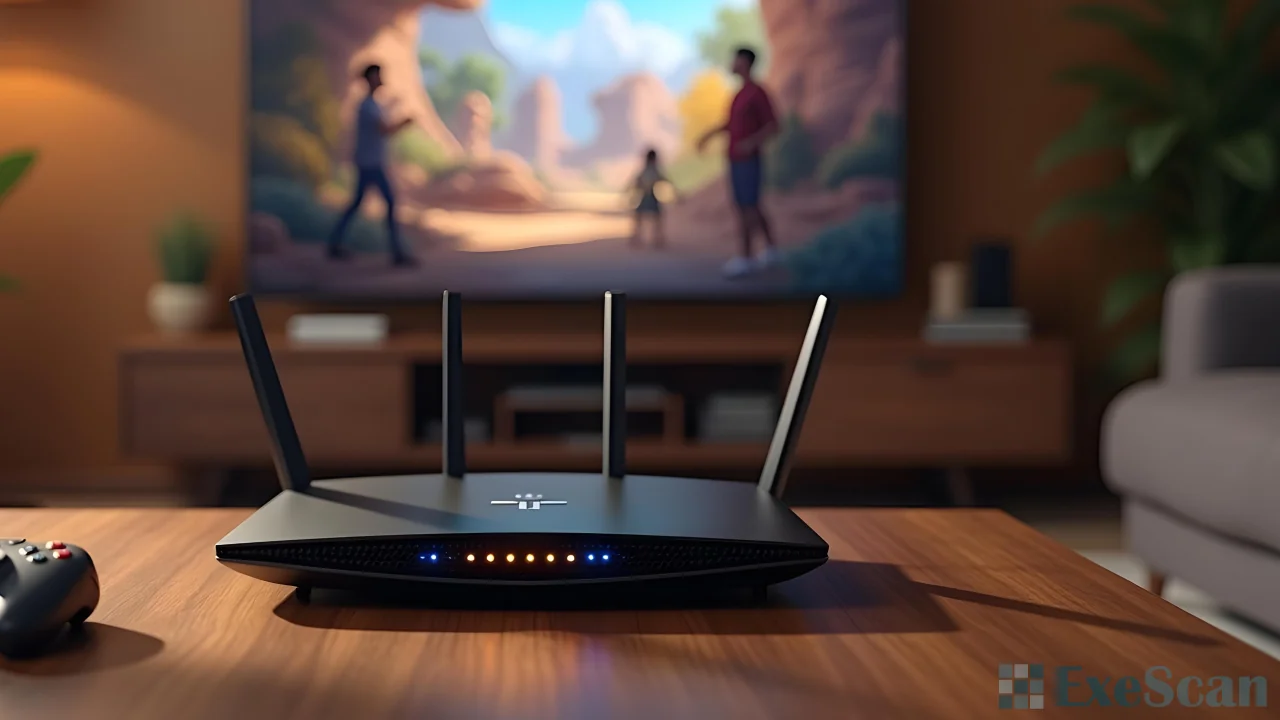Securing a home Wi-Fi network is essential in today’s digital world. With numerous devices connected to the internet, from smartphones to smart home gadgets, ensuring that the network is safe from intruders is more important than ever. Below are some practical tips to enhance the security of any home Wi-Fi network.
Change the Default Router Password
One of the first steps in securing a home Wi-Fi network is changing the default password on the router. Most routers come with a generic username and password, such as “admin” or “password.” Hackers are well aware of these defaults and can easily gain access if they are not changed. A strong password should include a mix of letters, numbers, and special characters to enhance security.

Enable Network Encryption
Home Wi-Fi networks usually offer several options for encryption. The most secure option currently available is WPA3 (Wi-Fi Protected Access 3). If the router supports WPA3, it should be enabled. If not, WPA2 is still a secure option. Encryption helps protect the information transmitted over the network, making it more difficult for unauthorized users to intercept data.
Change the Default Network Name (SSID)
Changing the network’s name, known as the SSID (Service Set Identifier), from the default is another important step. The default name often reveals the brand or model of the router, which could provide hackers with clues about potential vulnerabilities. Choosing a unique name that doesn’t include personal information, such as a name or address, is recommended.
Disable Remote Management
Remote management allows access to the router’s settings from outside the home network. While this feature can be convenient, it also presents a potential security risk. Disabling remote management is advisable unless there is a specific need for it, as it reduces the chances of unauthorized access.
Keep the Router’s Firmware Updated
Router manufacturers frequently release firmware updates to address security vulnerabilities. Regularly checking for and installing these updates is an important step in maintaining the security of a home Wi-Fi network. Most modern routers offer the option to check for updates through their management interface.
Enable a Guest Network
Setting up a guest network for visitors who need to use Wi-Fi is another effective security measure. A guest network is separate from the main network, meaning that even if someone connects to it, they won’t have access to personal devices or data. Protecting the guest network with a strong password and limiting access when not needed is recommended.
Turn Off Wi-Fi When Not in Use
Turning off Wi-Fi when it’s not in use, especially when away from home for an extended period, is a simple yet effective way to enhance security. This reduces the chances of someone attempting to hack into the network while it’s not actively being used.

Position the Router Wisely
The placement of the router can also impact network security. Positioning the router near the center of the home, rather than near windows or doors, can help prevent the signal from extending outside, reducing the likelihood of outsiders trying to connect.
Use a Firewall
Most routers come with a built-in firewall, which should be enabled to add an extra layer of protection. A firewall helps block unauthorized access to the network, making it more difficult for hackers to gain entry.
Monitor Connected Devices
Regularly checking the list of devices connected to the home Wi-Fi network is a good practice. This can usually be done through the router’s management interface. If any unfamiliar devices are detected, it may indicate unauthorized access, and changing the Wi-Fi password and improving security settings should be considered.
Disable WPS
Wi-Fi Protected Setup (WPS) is a feature that allows devices to connect to the network by pressing a button on the router. While convenient, WPS can be a security risk as it is relatively easy to exploit. Disabling WPS in the router’s settings is recommended to enhance network security.
Consider Using a VPN
A Virtual Private Network (VPN) encrypts internet traffic, making it more difficult for hackers to intercept data. While it may not be practical to use a VPN on every device, it can be particularly beneficial for devices that handle sensitive information, such as computers or smartphones.
Conclusion
Securing a home Wi-Fi network is crucial and doesn’t have to be complicated. By following these steps, the risk of unauthorized access can be significantly reduced, and personal information can be better protected. The home Wi-Fi network is the gateway to the digital world, and keeping it secure should always be a priority.


